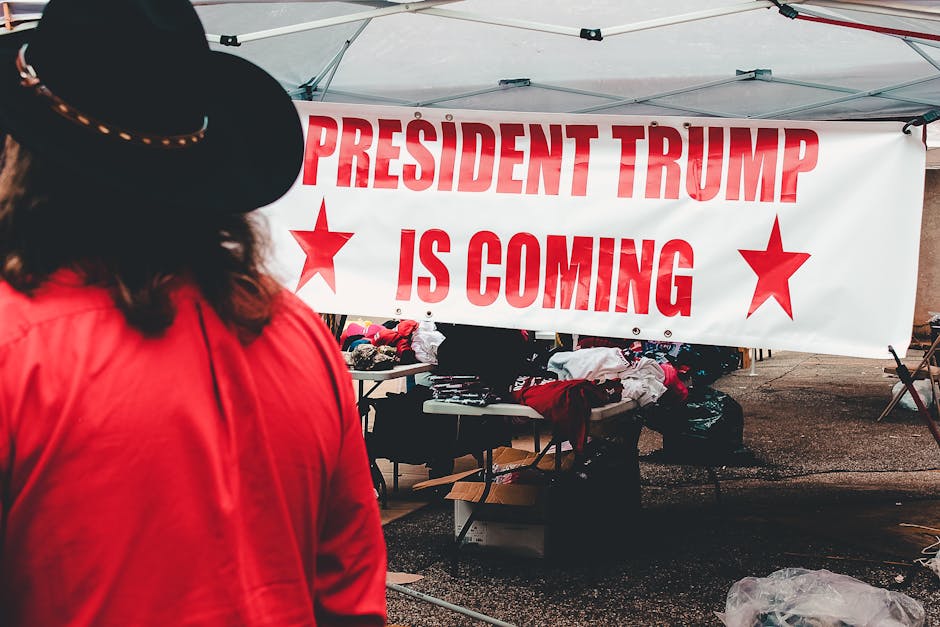America’s Gridlock: How Partisan Politics Chokes Progress
America’s Gridlock: How Partisan Politics Chokes Progress

Imagine a Gordian knot, a complex problem seemingly impossible to unravel. That’s the state of American politics today, plagued by partisan gridlock that stifles progress and fuels public frustration.
While figures like Elon Musk and Donald Trump champion decisive action, often disrupting established norms, the root of the problem lies deeper than individual personalities. It’s a systemic issue stemming from the structure of American government and the evolution of political parties.
Unlike parliamentary systems, the US elects its executive and legislature separately, frequently leading to conflict between branches. This inherent tension has intensified in recent decades, marked by increasingly frequent and prolonged government shutdowns.
The 1994 Contract with America, a radical shift towards ideologically consistent party platforms, exacerbated the issue. This commitment to party lines, contrasted with the more pragmatic approach of previous eras, created a landscape where compromise became increasingly difficult.
The example of Ronald Reagan’s 1981 tax cuts highlights this contrast. Despite a divided government, Speaker Tip O’Neill, despite his opposition, allowed a vote, recognizing Reagan’s mandate. This willingness to prioritize the national interest over strict party loyalty is rare today.
The Hastert Rule, which allows only bills supported by a majority of the majority party in the House to come to a vote, further entrenches gridlock. While not formally adopted by Democrats, they often employ similar tactics when in power.
Gerrymandering, the practice of drawing electoral district boundaries to favor one party, intensifies this partisan polarization, making primary elections more important than general elections for many members of Congress.
While unified government, where one party controls the presidency and both houses of Congress, can break this deadlock (as seen with Obama’s healthcare reform and Trump’s 2017 tax cuts), such periods are infrequent. The US typically operates with a divided government, further exacerbating the problem.
The solution requires a shift in political incentives, potentially through electoral reform or a renewed commitment to bipartisanship. This would involve parties negotiating and compromising as cohesive units, rather than relying on individual deal-making. The current path, however, leads to a continued state of political paralysis, hindering progress on critical national issues.
Disclaimer: This content is aggregated from public sources online. Please verify information independently. If you believe your rights have been infringed, contact us for removal.